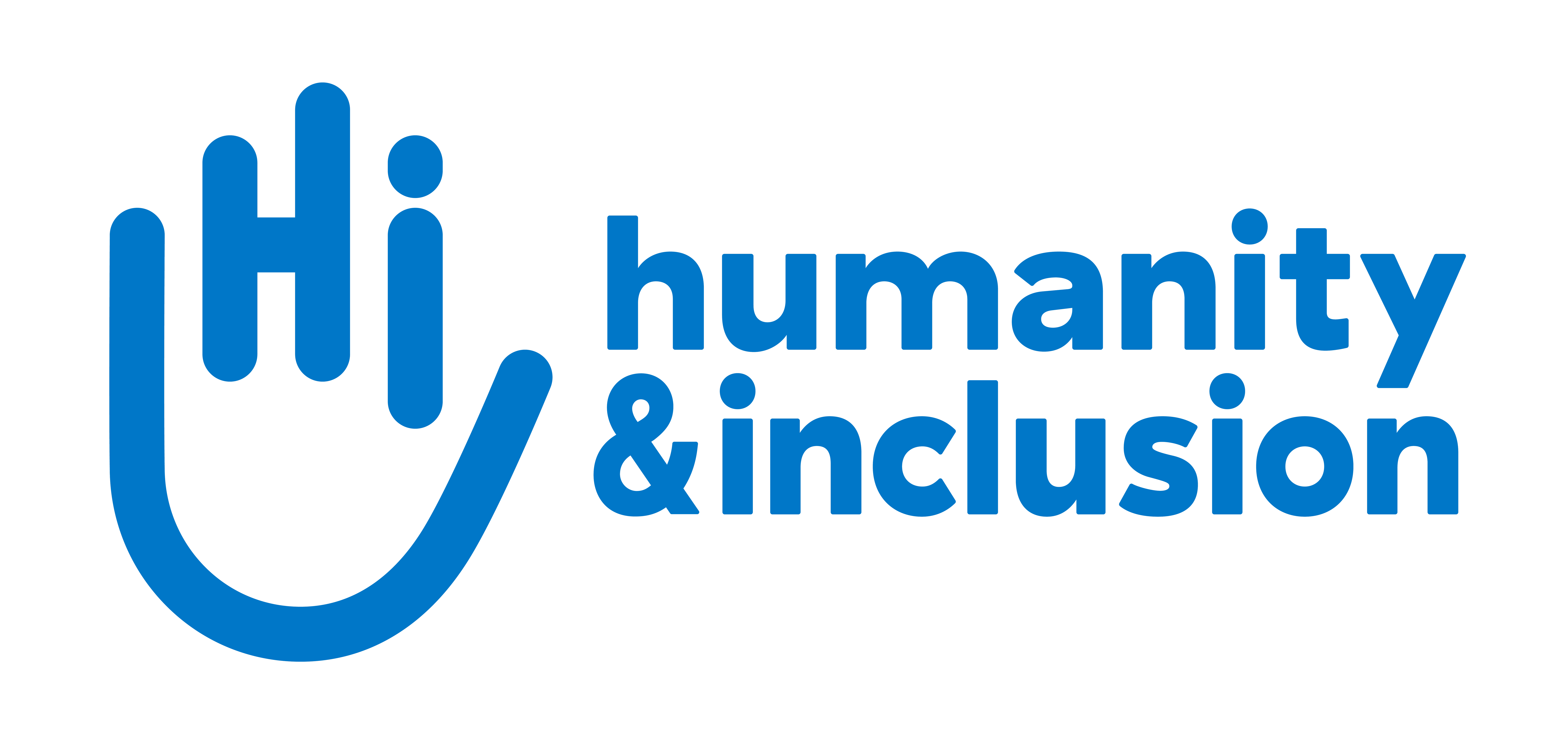HI Increases relief efforts to help vulnerable survivors
Additional members of HI’s emergency teams will arrive to reinforce the team in Beira.
In Mozambique, IDAI cyclone has devastated the city of Beira | © Candido Jesus / HI
More than a week after Cyclone Idai hit central Mozambique, the situation remains critical.
« More than 17,000 houses, nearly 3,000 classrooms and 40 health centres have been destroyed. Beira is a city of more than 500,000 inhabitants and it has been completely devastated. You have to imagine a city like Manchester in the United Kingdom with huge amounts of debris, waterlogged streets and a communication network that no longer works. Accessing people in need is the major challenge of this rescue operation »
Marco Tamburro, Programme director for HI in Mozambique.
According to the Mozambican authorities, nearly 250 people were killed during the cyclone, but this toll could be much more serious, as many areas have not yet received any relief.
Emergency kits
A HI team is undertaking an assessment in the Beira area to identify access difficulties; they will then be able to coordinate clearance operations to enable humanitarian aid to be delivered.
Early next week HI will be able to fly emergency equipment from France to Beira. The first kits will contain mobility aids, such as wheelchairs, crutches, walkers, so that injured people, or people who have lost their walking aids, can move around. Several generators, as well as a logistics kit containing the necessary equipment to install a temporary base will also be sent.
"In Beira, our office was partially destroyed. We therefore need this equipment to be able to coordinate our work" explains Marco Tamburro.
Experts arriving
"We are strengthening our teams to be able to help the most vulnerable survivors. We hope to be able to provide food aid to more than 12,000 families and hygiene kits to more than 500 families. We will also work with all humanitarian actors to ensure that the most vulnerable people are taken into account in the emergency response.
When confronted with tens of thousands of people who need help, it is essential to avoid a ‘one-size-fits-all’ approach so that the elderly, people with disabilities and other vulnerable groups receive the specific care they need.”





